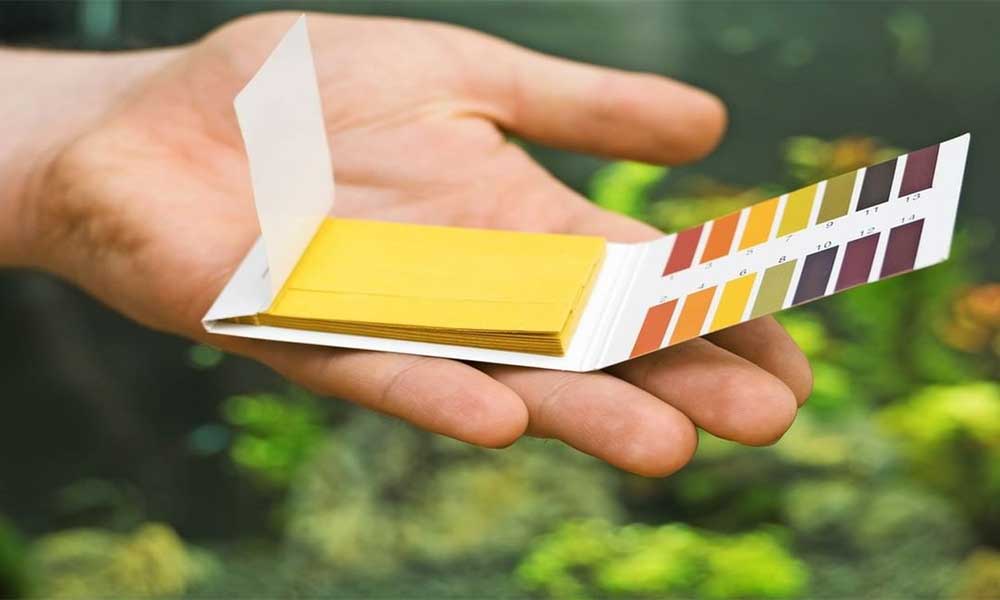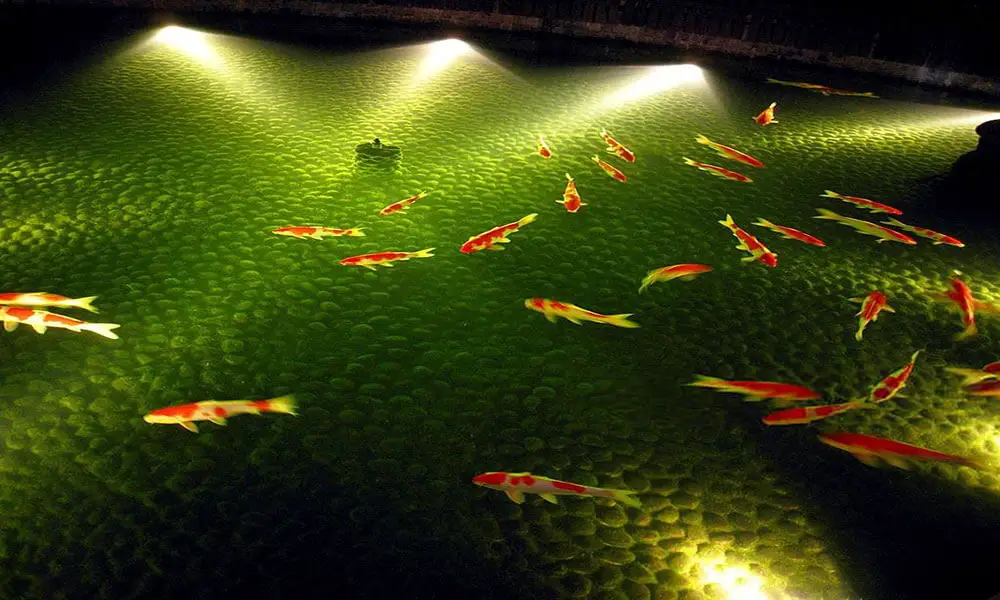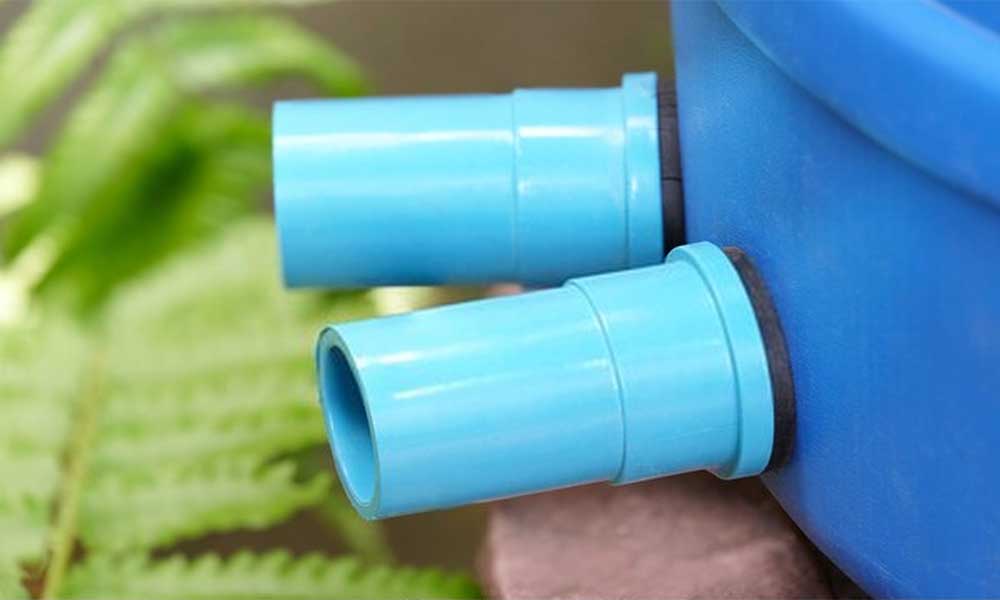Products recommended in this post contain affiliate links. If you buy something through our posts, we may receive a commission at no extra charge to you. See our full disclosures here.
Yes, keeping aquarium as a is a good stress reliever and it is a good ornament that enhances the beauty of the home. However, ensuring they are in good shape is not only cleaning the fish tank, balancing the water ph is an important factor that is of great benefit to your pets.
Every living thing requires an appropriate ph to survive. Fish also need an adequate amount of ph as this will allow them to get the required oxygen needed for their survival. If you noticed that your fish are being weak or some of them are already floating on the water, you might want to consider checking the ph level of the water. Although some fish like freshwater fish thrive on low ph, it is important to monitor your pet and know the level of ph suitable for them. Worried about how to lower ph in aquariums? Good, stress no more! This article will help you to understand how to lower ph in aquarium naturally and safely without raising an alarm on your pet.

What is the pH level?
Simply put, the ph level explains the acidity or alkalinity of the water. This can be either high, medium, or low due to different reasons. Most aquariums love their pets but dread knowing and understanding the water chemistry. Understanding the basics is a step to knowing how to lower the ph level in the aquarium and will do you good in maintaining the health of the fish.
The pH scale ranges from 0-14 with 7 being neutral. Anything below 7 means the water is acidic and whereas values above 7 show the water is alkaline. The difference in the scale number is in multiples of 10. If your fish thrive on the scale of 7 and the water is 8, the water tank is more alkaline than it should be. Now if the water measures 9, then the water is 100 times more alkaline than normal.low ph
This is the value below 7 and it means the water is highly acidic. If you notice that your fish secretes excess mucous, gasping or the frills are thickening, these are signs that the water is too acidic for them.high ph
Values above 7 which means that the water is more alkaline and the acidity is low. This can cause serious health issues for your fish and can even result in death. Do your fish seem restless? Do they lunge back and forth in the water? It is time to check the ph level.
What then is the normal ph?
To give a definite answer to this is like threading a needle. Considering that fish come from different oceans and ponds with different Ph, they survive on a different ph level.
For instance, seawater thrives on the ph level on high alkaline water and ph level 8.2 is more preferable, whereas, the freshwater fish thrives on a more acidic ph level of 5. 5 -7.5. Conducting research on the most suitable pH level for your pet will save you the stress.
Pro Tip
Each time you want to introduce new fish into your tank, check to see if the water ph level is compatible with the existing ones if you don't want their lives to be short-lived. It is also vital to know that the ph level of the water changes every time and within a couple of hours, it has already changed.
What causes high ph in the aquarium
- Introducing aquarium ornaments like coral, rocks, plants, and changing the gravel can lead to a change in the ph level. These decorations tend to release minerals that might pose threats to your fish's health. For instance, decorative coral is pleasing to the eye but is dangerous for fish that thrive on low ph.
- Hard water or using tap water can increase the ph level. Even changing of water can make the ph to change especially when you add water from a different source.
- Changing filters or using filters that are in poor conditions will alter the ph balance of the water.
How to lower ph in aquariums
1. Practise basic hygiene:
Cleaning of the tank and the filters regularly will ensure the wastes and faeces are removed. Moreover, clean the substrate and the ornaments to remove any dirt or debris as all these can alter the ph level in the fish tank. However, do the cleaning without using soap or water.
2. Water change
If you noticed that your water is high in acid or alkaline, this can be corrected by changing water frequently. If there is a fluctuation in the ph level, you can do a partial water change by replacing 10 per cent of the water daily. 30 per cent of water change once a week is also not a bad idea.
3. Adequate filtration
An increase in ph level can sometimes be a result of poor filter as it can filter the water properly. Getting the right filter size will be better in order to ensure the clean safe flow of water. However, if the problem persists, try adding one filter and keep monitor the changes.
4. Use Peat Moss
Peat moss is considered a natural and effective way to lower the ph level in the water tank. There are different techniques of using peat moss for the fish tank. One way is to put it directly in the water. However, the most preferred method is putting peat moss in a filter bag and add it to the filtering system. Another way is to add it directly to the fish tank.
The downside of peat moss is that it discolours the water in the fish tank. However, if you don’t mind preparing it, this can be evaded. This can be done by soaking the peat moss for 3-4 days in a bucket filled with tap water before putting in the fish tank.
5. Add Driftwood
Do you want to lower the ph level of the fish tank naturally? Add 2-3 pieces of Driftwood to the fish tank. Natural driftwood works wonders by safely releasing of tannic acid that will lower the ph level. Not only is driftwood a good filter for wastes present in the habitat, but they also help in beautifying the aquarium. However, there are precautions you will have to take before adding wood into the fish tank.
- Get Driftwood that is specifically for the fish tank as their lot of them in the market.
- Driftwood with no preservatives, chemicals or dyes is safer for the fish tank as some of these chemicals can be harmful to the fish.
- Driftwood can make the water to discolor if added without boil. This is as a result of tannin that will help in lowering the ph level. Avoid this by soaking the Driftwood for 1-2 weeks before putting inside the fish tank
- Moreover, if you can’t wait for days for soaking, boil for 5-10 minutes and your Fish Tank is all ready to welcome the Driftwood.
6. Almond Leaves
Nature will also provide you with the best and safe remedies to problems. Catappa leaves or Almond leaves are one of the safest, natural ways of lowering the ph level in the fish tank. Here are the reasons why you should add almond leaves to your fish tank.
- They are naturally appealing, another natural ornament to help beautify your fish tank. Not only that, fish find it cool for a hideout.
- It also releases tannin that helps in reducing the level of ph. Unlike Peat Moss and Driftwood, the color changes are not so noticeable. However, if you care about the color change, this can be avoided by just soaking the leaves for a day before adding it to the fish tank.
- It is also said that almond leaves are beneficial for fish health. It contains some anti-inflammatory properties and other nutrients that can help cure or prevent any diseases in fish.
- Almond leaves are good filters of wastes or pollutants present in the fish ecosystem.
7. Use Reverse Osmosis Filter
If you don’t want to be fixing the ph level of your fish tank every time, fixing an RO system is an effective way to keep the ph level stable. Reverse Osmosis uses a specialized semi-permeable membrane that helps in filtering almost 99 percent of contaminants in the water. Therefore, it ensures the water is fresh, clean and safe for the fish. This method is quite expensive but considering the benefit, it is worth every penny. Also, it is vital to know that this method is only suitable for large aquariums. If your aquarium is pretty small, I will suggest you try other methods of lowering the Ph level.Video introduction
Final Thoughts on how to lower ph in aquariums
It is always important for an aquarist to research the most suitable ph level of fish before introducing it to the aquariums. Also, ensure you keep a close check on the ph level, as you already know that ph is an important factor for the survival of fish. Remember, it is not about having a perfect ph, having a stable, suitable ph is the goal. With the natural remedies, RO system and maintenance mentioned above, you are bound to overcome your challenges.Top Editor's Choice on Lower Ph
[amazon bestseller="Lower Ph" filterby="price" filter="30" filter_compare="more" filter="available" orderby="percentage_saved" order="desc" template="list" items="10" tracking_id="tnk0c-aawp-cro-b-20"]Subscribe to our Newsletter!
Join our mailing list to receive the latest tips and news of our blog.




